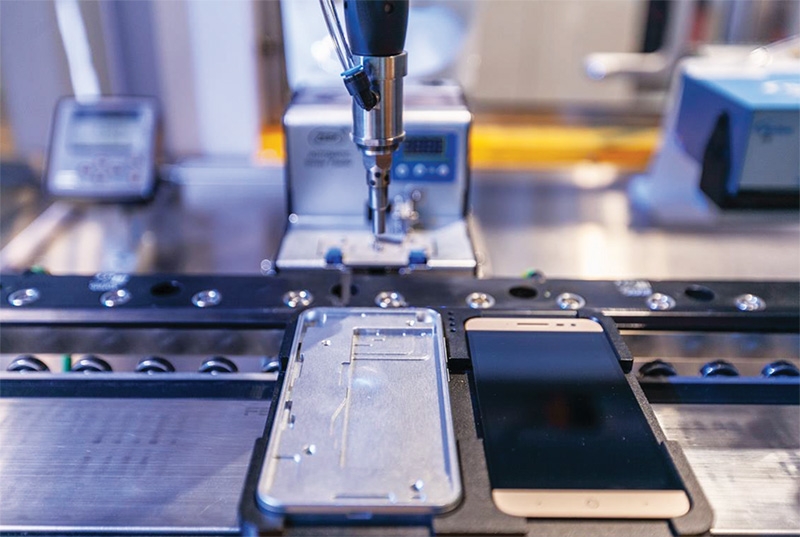Siemens aiding electronics makers with the digital leap via webinar
 |
| Siemens’ webinar will discuss trends and challenges in electronics manufacturing |
“Smart manufacturing for electronics represents the new manufacturing operating model that Siemens calls the Digital Enterprise, as we have adapted it specifically for your needs,” explained a Siemens Digital Industries document. “We believe it is the most comprehensive platform currently available, and after seeing it deployed in our own factory, we know it works.”
The electronics industry is one of the two export-oriented sectors mostly impacted by the COVID-19 pandemic, Vietnamese government officials have said. Although most businesses in the electronics industry are multinational corporations (MNCs) and are more resilient to the effects of the crisis, MNCs are seeking global suppliers to join the global value chain.
As a result, the government has taken measures to promote links between MNCs and local suppliers.
According to co-organiser Ringier Trade Media Ltd., the Singapore webinar will be presented by Sebastian Bersch from Siemens Industry Software Pte., Ltd. Bersch will discuss the trends and challenges in electronics manufacturing, synchronised manufacturing planning for greater flexibility and quicker time to market, as well as streamlined manufacturing execution for higher throughput and better quality.
The event will bring forward the current trends and resulting challenges in the electronics manufacturing industry, learning how this impacts the status quo of market shares and profit margins; and grasp the potential to differentiate companies to leverage the potential of digitalisation and smart manufacturing
Vietnam has climbed the ranks as a key electronics exporter, from a modest 47th place in 2001 to 12th place last year. Especially, mobile phone exports were ranked second worldwide, with a value of over $50 billion in 2019.
Top electronics export destinations last year were China (19.3 per cent), the US (18.2 per cent), South Korea (9.1 per cent), Hong Kong (4.9 per cent), and Japan (4.89 per cent). Main export commodities include transmission apparatus, mobile phones, TVs, cameras (41 per cent), electrical apparatus (18.2 per cent), and electronic integrated circuits and micro-assemblies (11.9 per cent).
Meanwhile, Vietnam mainly imported its electrical machinery and components from China (33 per cent), South Korea (31 per cent), Japan (7.99 per cent), and the United States (6.52 per cent). Among imported products, 40 per cent were electronic integrated circuits and micro-assemblies, 17 per cent were electrical apparatus, and 6 per cent were semiconductors devices.
What the stars mean:
★ Poor ★ ★ Promising ★★★ Good ★★★★ Very good ★★★★★ Exceptional
Related Contents
Latest News
More News
- First members of Danang International Finance Centre revealed (December 22, 2025 | 17:39)
- Human-centred governance seen as key to AI development (December 19, 2025 | 18:19)
- Top 10 notable events of Vietnam’s industry and trade sector in 2025 (December 19, 2025 | 14:00)
- Tungsten surges to 12-year high as world enters a new 'black gold' race (December 18, 2025 | 17:27)
- Vietnam’s coffee exports set new record despite price pressures (December 18, 2025 | 17:13)
- Garment and textile sector seeks new growth after volatile year (December 18, 2025 | 17:01)
- VinSpeed and Siemens strengthen cooperation for high-speed rail development (December 18, 2025 | 16:53)
- High-tech adoption for TH true MILK (December 18, 2025 | 13:39)
- Takeda supports health resilience amid climate change challenges (December 18, 2025 | 12:39)
- Mondelez Kinh Do - a chapter of purpose-led leadership in Vietnam (December 18, 2025 | 09:44)

 Tag:
Tag:






















 Mobile Version
Mobile Version